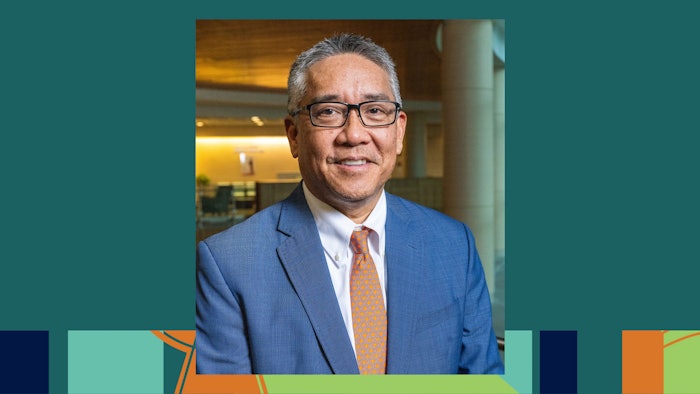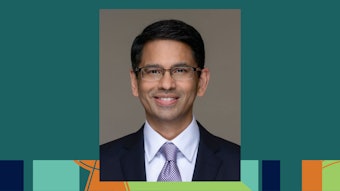Crossfire to explore single versus multiport robotic surgery
Urological surgeons face a choice in procedural approaches: conventional robotic surgery with multiple ports or the newer single-port approach. Single-port promises a less invasive approach with similar outcomes, but outcomes data are still early.

Urological surgeons face a choice in procedural approaches: conventional robotic surgery with multiple ports or the newer single-port approach. Single-port promises a less invasive approach with similar outcomes, but outcomes data are still early.
“The mainstay of robotic surgery has been the multiport approach for well over two decades,” said Li-Ming Su, MD, professor of urologic oncology and chair of urology at the University of Florida College of Medicine in Gainesville.
“As a field that embraces new technology, urologists have readily embraced robotic surgery. There is a natural gravitation to new technology, but we must maintain equipoise in ensuring that we are, in the end, accomplishing the short- as well as long-term outcomes that we seek. You would think that single-port robotic surgery makes sense because it’s accomplishing surgery through a single incision, but we have to prove that the benefits really exist. That requires longitudinal, comparative analysis with conventional treatments as well as validation through multi-institutional experiences.”
Dr. Su will moderate a Crossfire: Controversies in Urology session on “Single-Port vs. Multiport Robotic Surgery” on Saturday at AUA2025 with four presenters.
- Riccardo Autorino, MD, PhD, director of surgical innovation and clinical research at Rush University in Chicago
- Simone Crivellaro, MD, MHA, associate professor of minimally invasive urology and director of minimally invasive urology at University of Illinois at Chicago
- David Lee, MD, professor of urology at University of California Irvine
- Jeffrey Nix, MD, professor of urology and co-lead of the Program for Personalized Prostate Cancer at the Marnix E. Heersink School of Medicine, University of Alabama at Birmingham
The discussion will be a replay for older urologists. Decades ago, urological surgery was performed primarily through open surgery, then laparoscopically using hand-held instruments. Then came robotic surgery, which brought sharp criticism about instrument costs, longer operative times, new and unexpected morbidities, and a long learning curve.
“One of the concerns that should be raised about single-port robotic surgery is the reproducibility and transmissibility of these techniques to our learners or average community urologists, many of whom are just getting comfortable with multiport robotic surgery,” Dr. Su said. “I think single-port is here to stay, but it still requires further evaluation. Most of the single-port surgeries being done today are by a handful of talented and experienced robotic surgeons who are masters at multiport surgery and have been able to adapt their technique to a single-port approach. We should remain cautiously optimistic about whether single port truly provides added value to both patients and surgeons before we fully endorse such techniques.”
There are often costs associated with adoption of any new surgical technique, including longer operative times (financial cost) and potentially new and unexpected complications (morbidity cost), Dr. Su said. The ergonomic design of the wristed instrumentation is different and less intuitive with the single-port versus the multiport platform, which is an adjustment that surgeons must make. Single-port robotic instruments provide less force to lift, dissect and expose tissues than multiport devices, which some surgeons find more challenging.
“We, as a field, should continue to embrace new technologies that demonstrate the promise of less invasive surgery, less pain and faster recuperation for our patients,” he added. “However, it must not compromise the outcomes that have grounded our field since the early days of open surgery. As surgeons move to using single-port robotic surgery for procedures such as radical prostatectomy and partial nephrectomy, it’s important to not only focus on the feasibility, but also be mindful of the oncological outcomes and functional outcomes.”











